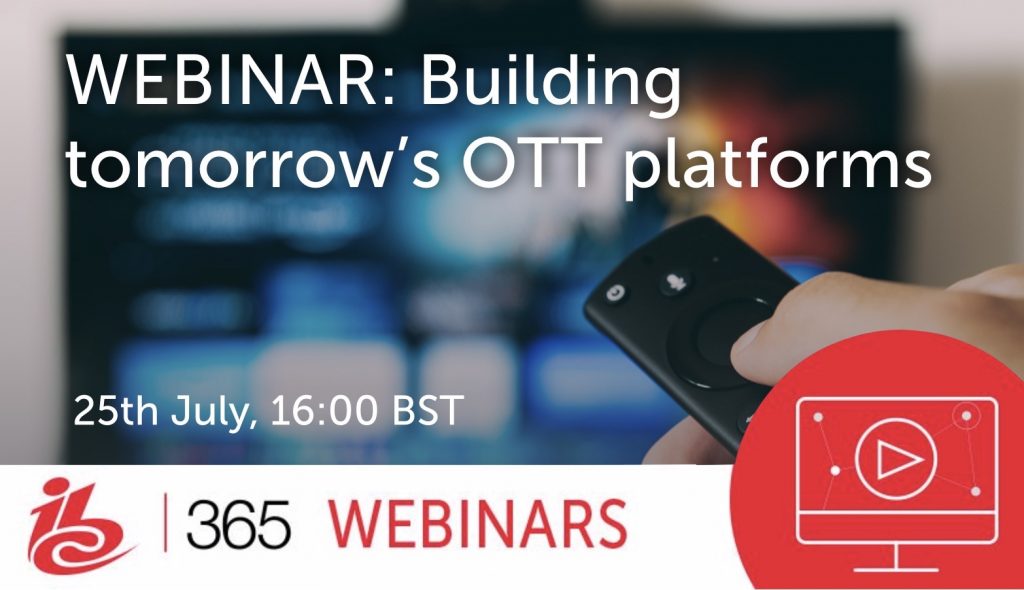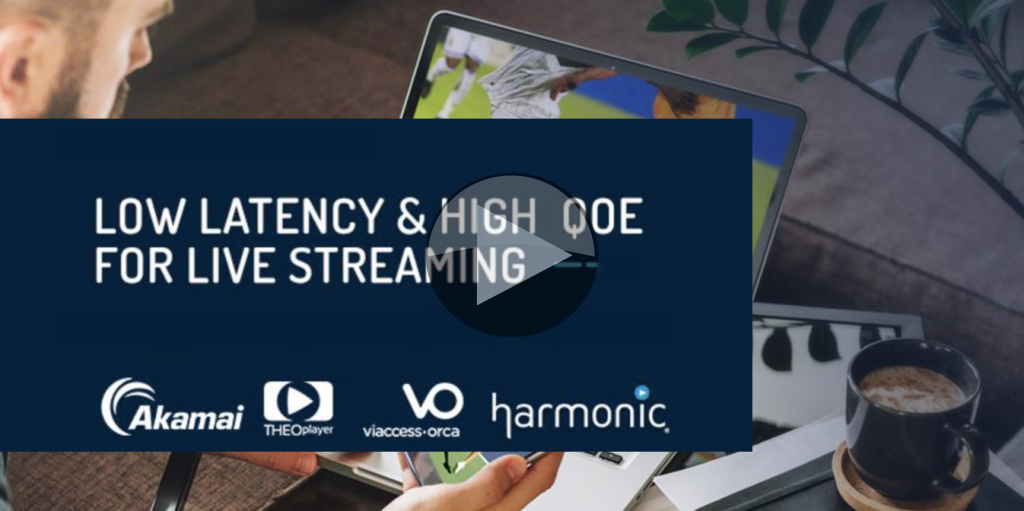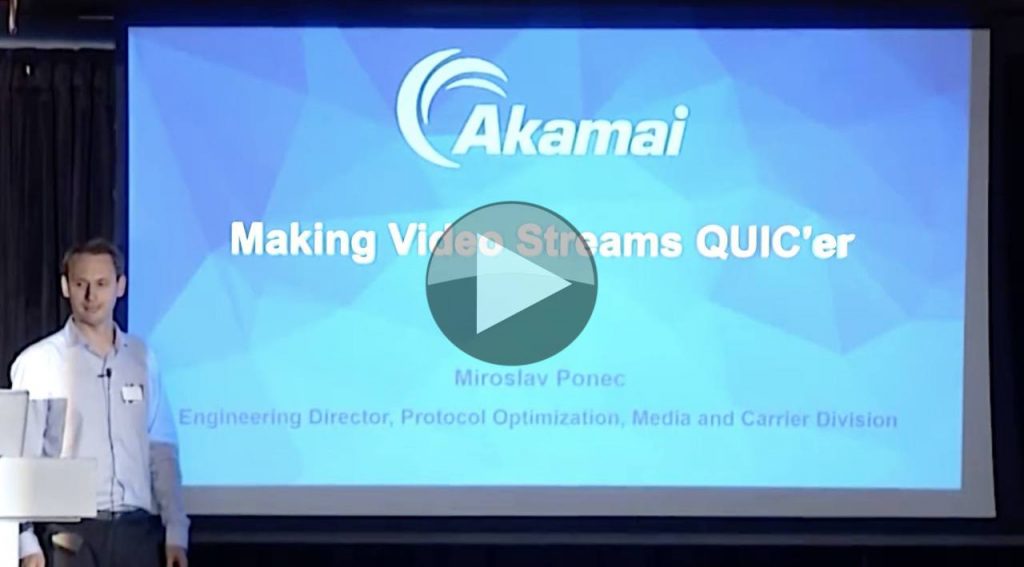Discover the critical success factors the Broadcasters and platform owners, investing millions in building and upgrading OTT platforms, need to achieve to ensure they can compete successfully with a growing array of digital competitors and deliver compelling user experiences.
Many of these broadcasters are beginning to move from their initial OTT offerings to more mature services that can scale for the future, and answer the requirements of demanding viewers and regulators.
This webinar uncovers the essential parts of a flourishing OTT service, including:
– Delivering content at scale as more viewing and live events move to OTT
– Ensuring a class-leading user experience and quality
– Using analytics to maximise revenue and engagement
– Ensuring cost efficiency in the OTT workflow
– Securing platforms and content against piracy and malicious attacks
Speakers
 |
Natalie Billingham Vice President, Media & Carrier EMEA, Akamai |
 |
Raphaël Goldwaser Lead Video Architect, France Télévisions |
 |
Chris Wood Chief Technology Officer, Spicy Mango |















